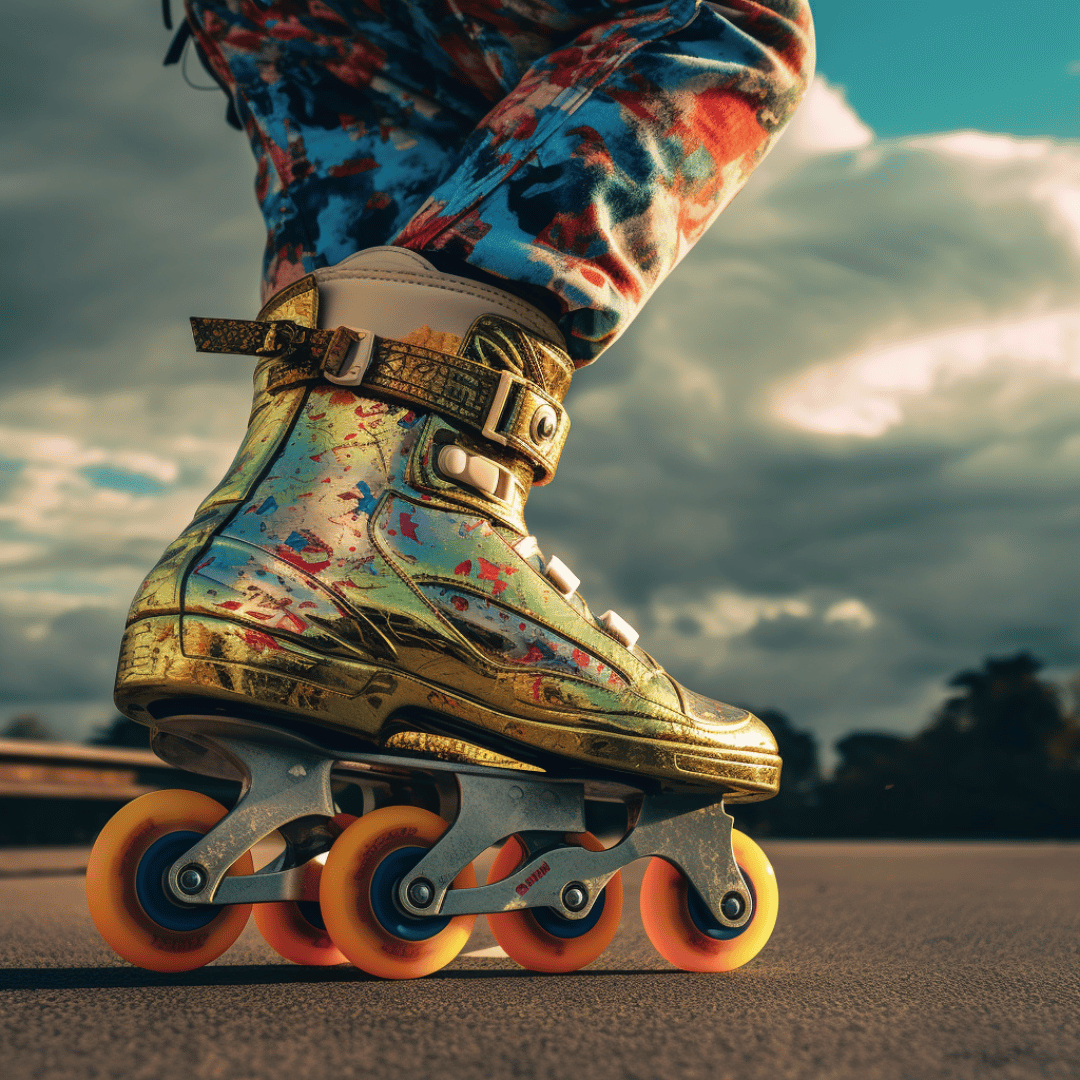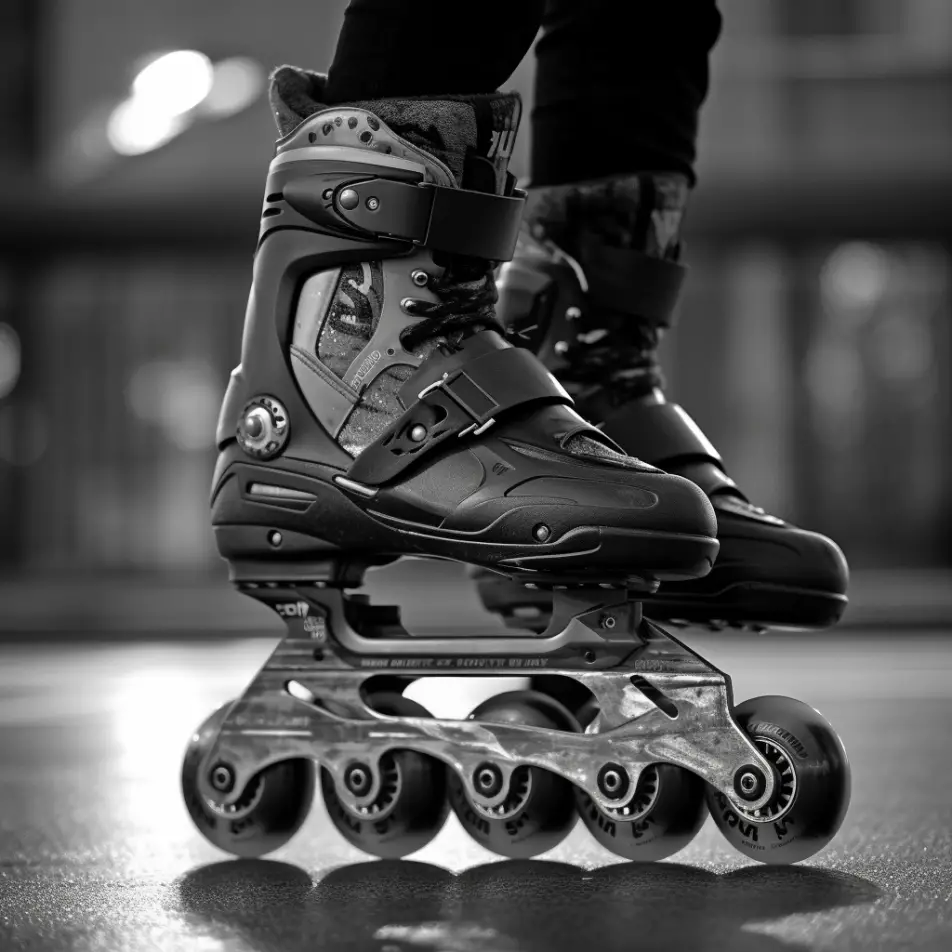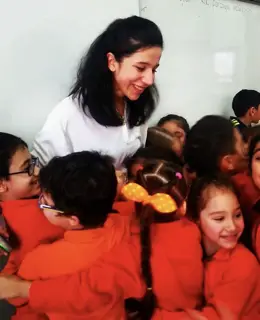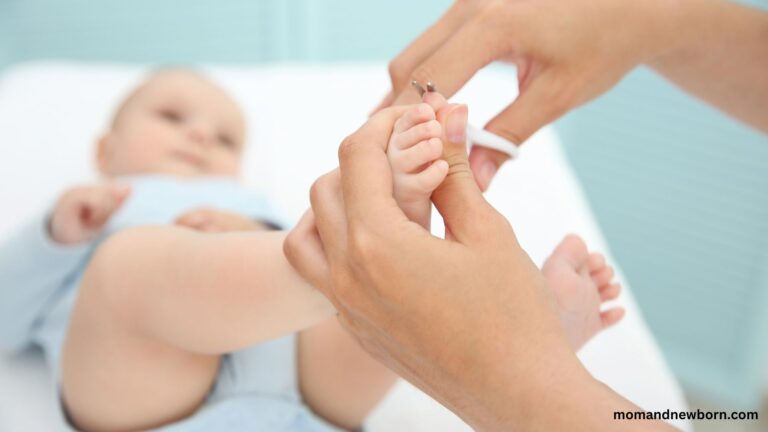Smooth Moves, Serious Burn: The Calorie-Burning Rollerblading
Rollerblading, piqued the interest of people of all ages, is a relatively effective form of exercise when done correctly. One of the first hobbies is adrenaline; thrill seekers cannot relinquish skating, a fun activity.
You’re missing out if you have yet to try rollerblading. Rollerblading is one of the most effective ways to turn athletics into enjoyment, as it works all of the body’s muscles. Rollerblading, an aerobic activity, is also effective at burning calories.
Rollerblading, which accelerates fat burning in the body and helps you burn more calories quickly, is an excellent alternative for those who want to lose weight fast and those who wish to maintain their current form.
Is rollerblading a full body workout?

Rollerblading, also known as inline skating, is a form of exercise that can provide a full-body workout. It engages multiple muscle groups throughout the body, including the legs, core, and upper body.
The legs are primarily engaged during inline skating, pushing off the ground and propelling the skater forward. This can help tone and strengthen the quadriceps, hamstrings, calves, and glute muscles. The core muscles are also engaged as the skater maintains balance and stability while in motion. This can help to strengthen the abdominal muscles and improve overall balance and posture.
In addition, the upper body is also engaged during inline skating as the skater uses their arms to maintain balance, control their speed, and maneuver around obstacles. This can help tone and strengthen the shoulders, arms, chest, and back muscles.
How long should you rollerblade for a workout?

The length of time you should rollerblade for a workout depends on several factors, including your fitness level, goals, and the intensity of your skating. However, a general guideline is to aim for at least 30 minutes of continuous skating to get an excellent cardiovascular workout and engage your muscles.
For beginners or those less experienced with inline skating, it’s a good idea to start with shorter sessions and gradually build up to longer ones. Starting with 10-15 minute sessions and progressively increasing the duration and intensity over time can help to prevent injury and improve endurance.
For more experienced skaters or those looking for a more intense workout, longer sessions of 45 minutes to an hour can provide a more significant calorie burn and more comprehensive training. However, listening to your body and not pushing yourself beyond your limits is essential.
How many calories does rollerblading burn?

If you want to lose weight and at the same time get bored of doing fitness in gyms, roller skating will be a unique option for you. Individuals who skate regularly can lose weight quickly. American Harvard University School of Medicine studies show a moderate-speed skater burns between 420 and 622 calories per hour.
Let’s assume you’ll burn at least 420 calories. However, this can vary depending on your body type and the sort of skates you’re using. Skating burns far more calories in the same period as other exercises such as jogging, jumping rope, dancing, and walking.
Skating can help you shed weight and keep your form in this situation. Furthermore, we guarantee you will have more fun than participating in sports. Skating regularly will increase fat burning in your body, allowing you to appear healthy and fit.
What not to do when rollerblading?

When rollerblading, there are several things you should avoid doing to prevent injury and ensure a safe and enjoyable experience. Here are some common things not to do when rollerblading:
- Do not skate in an area with heavy traffic or a crowded pedestrian area with a risk of colliding with others.
- Do not use headphones or any device to block out external noise; this can prevent you from hearing potential dangers such as oncoming vehicles or pedestrians.
- Do not skate too fast or beyond your abilities, as this can lead to loss of control and increase the risk of falls and injury.
- Do not forget to wear protective gear such as a helmet, knee and elbow pads, and wrist guards to prevent injury in case of a fall.
- Please do not neglect to check your skates and equipment before skating to ensure they are in good working condition and fit correctly.
- Do not skate on wet, slippery, or uneven surfaces, which can increase the risk of falls and injury.
- Do not perform stunts or tricks beyond your abilities, which can lead to serious injury.
Following these safety guidelines can reduce the risk of injury and have a safe and enjoyable experience while rollerblading.
How many calories does 30 minutes of rollerblading burn?
If a person who weighs 155 pounds skates at a moderate speed (14-15 mph), they can burn roughly 421 calories per 30 minutes.
How often should you practice rollerblading?
The frequency of rollerblading practice depends on your fitness goals, schedule, and personal preferences. However, it’s generally recommended to practice rollerblading at least two to three times a week to see improvements in your skating ability and fitness level.
Consistency is key in improving any physical activity, including rollerblading. Regular practice can help you to build endurance, improve balance and coordination, and develop greater control over your movements.
Here is a source to support this recommendation from the American Council on Exercise (ACE):
“Rollerblading is a fun, low-impact cardiovascular activity that people of all fitness levels can enjoy. Beginners should aim for at least two to three sessions per week to see improvements in their skating ability and fitness level. Consistency is key in any physical activity, so make time for skating regularly.”









2 Comments